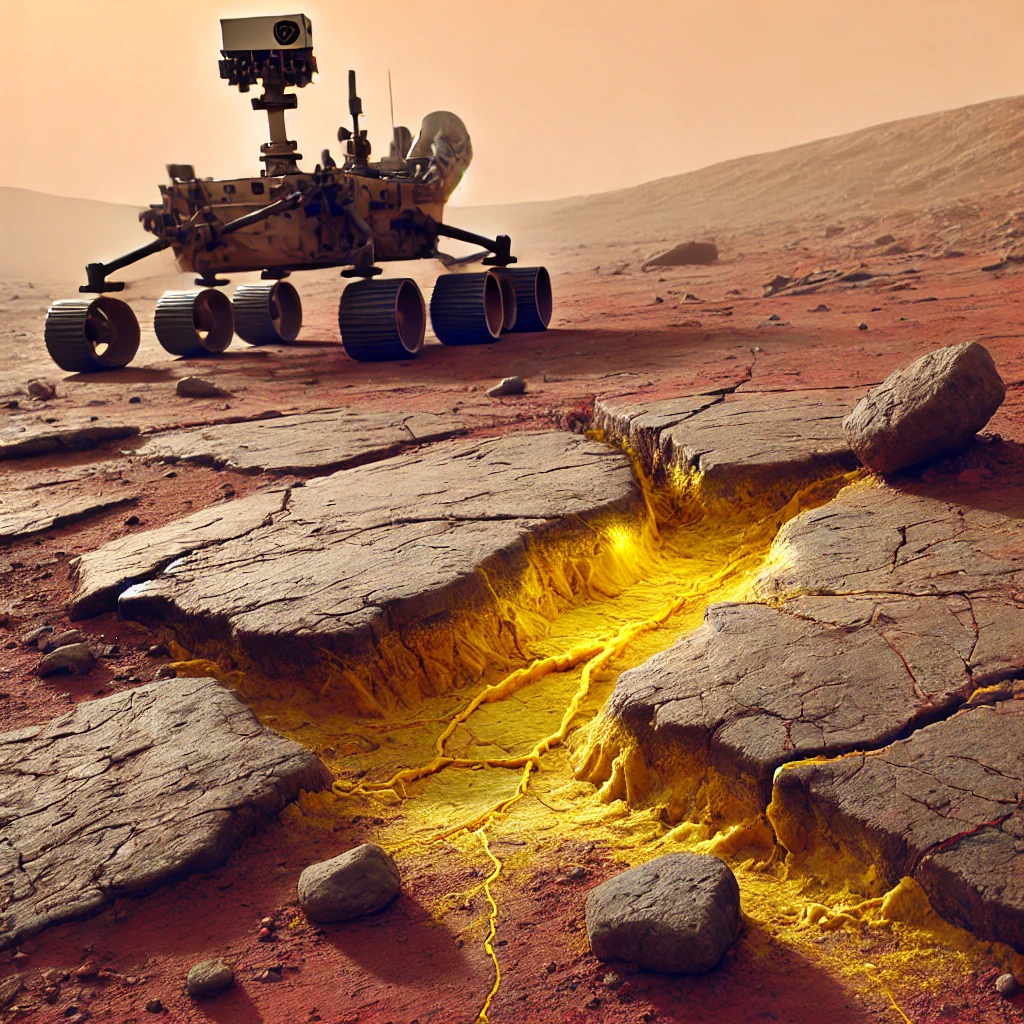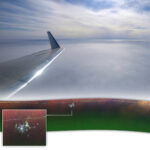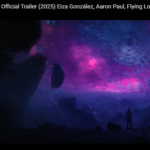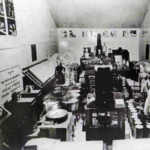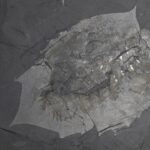A Rock Crack That Changed Everything
In May 2024, NASA’s Curiosity rover drove over what looked like just another rock on Mars. But that rock split open—revealing something no one expected.
Inside were bright yellow crystals of pure elemental sulfur. This was the first time scientists have ever found elemental sulfur on Mars in its isolated form. Until now, sulfur had only been detected as part of sulfate minerals, which are mixed with other compounds.
Even more surprising, other rocks in the same area showed the same appearance. It wasn’t an isolated incident. This could mean that elemental sulfur exists across a much larger region than previously believed.
Why Elemental Sulfur Matters So Much
Sulfur in this pure form doesn’t just appear anywhere. It forms under narrow, specific environmental conditions—ones that scientists didn’t think were possible in this part of Mars.
This kind of sulfur has several major implications:
- It suggests unknown hydrothermal or volcanic activity in the area
- It may point to water-related chemical processes that happened long ago
- It adds a key ingredient to the puzzle of potential past life on Mars
On Earth, certain microorganisms use sulfur compounds as energy sources. The appearance of pure sulfur on Mars adds one more piece to the idea that the Red Planet may have once supported microbial life.
Clues from Gediz Vallis Channel
The sulfur rocks were found in a region called Gediz Vallis Channel, which winds down part of Mount Sharp—a 5-kilometer-high formation Curiosity has been climbing since 2014.
This area has long attracted scientific attention due to its unique landscape. It shows signs of:
- Ancient floods that rushed down the slopes
- Landslides and debris flows that shaped the terrain
- White “halo” patterns in some rocks, caused by water seeping through cracks
These features suggest that the region went through major environmental shifts, possibly involving both water and chemical reactions over time.
Drilling for Answers
To understand the discovery better, Curiosity used its robotic drill to take a powdered sample from a nearby rock named Mammoth Lakes on June 18, 2024. The sulfur-bearing rocks were too brittle to drill directly, so this nearby site offered a stable alternative.
The goal of the analysis is to:
- Identify the chemical makeup of the area
- Understand whether sulfur and other materials combined under specific conditions
- Look for signs of ancient hydrothermal systems or microbial-friendly environments
Curiosity has since moved on from the sulfur field, continuing its climb and exploration. But scientists are still studying the samples, hoping they’ll reveal how this sulfur formed—and what it means for Mars’ past.
The Bigger Picture
The discovery of elemental sulfur doesn’t confirm life on Mars, but it adds an exciting layer to the story. It suggests the planet may have hosted a wider variety of chemical conditions than previously assumed.
Combined with past findings of water-related minerals and organic compounds, this new clue helps paint a more complete picture of a potentially habitable Mars.
As Curiosity continues to roam, every rock it crushes or drills into could reveal another missing piece in the mystery of life beyond Earth.

